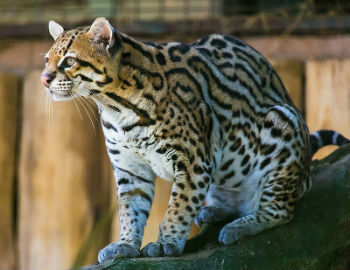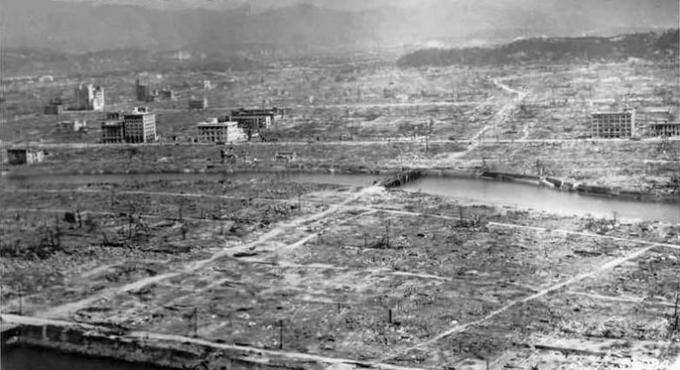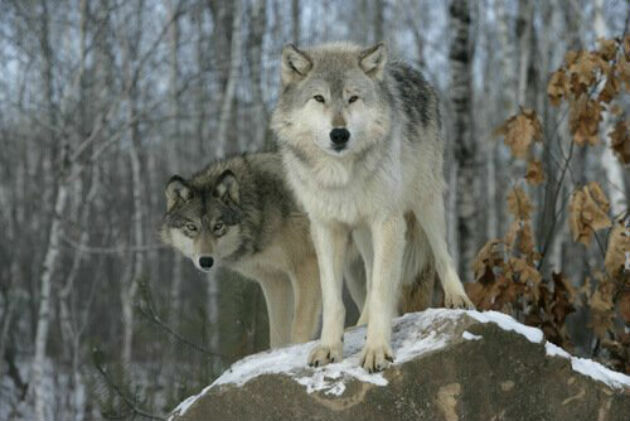Ecosystem is the set of living organisms and their physical and chemical environments.
The term ecosystem is originated from the union of the words "oikos" and "system", that is, it has the meaning of the house system. It represents the set of communities that inhabit and interact in a given space.
 terrestrial ecosystem
terrestrial ecosystem
The components of ecosystems are:
- Biotic Factors: All living organisms. Primary producers, consumers, decomposers and parasites.
- abiotic factors: Physical and chemical environment that provides living conditions. Nutrients, water, rain, moisture, soil, sun, air, gases, temperature, etc.
The ecosystem is the basic unit of study in Ecology.
Types of Ecosystems
Ecosystems are divided into:
- terrestrial ecosystems: They are represented by forests, deserts, mountains, grasslands and grasslands.
- aquatic ecosystems: Include freshwater environments such as lakes, mangroves, rivers. In addition to marine environments such as seas and oceans.
 marine ecosystem
marine ecosystem
To the set of terrestrial ecosystems we give the name of biome. Biomes are ecosystems with characteristic vegetation and a predominant type of climate, which gives them a general and unique character.
Learn more, read too:
- Brazilian Biomes
- Biomes of the World
- Exercises on Ecology
Examples of Ecosystems
Ecosystems have different scales. There is no size to define an ecosystem.
The biggest ecosystem that exists is the biosphere. It brings together all existing ecosystems. It refers to the layer of Earth inhabited by living beings and where they interact.
Ecosystems can also be simpler. For example, a pool of water is an ecosystem, as there are several living micro-organisms in it that interact with each other and with environmental factors.
At tropical florests represent the most complex ecosystems, given the large biodiversity and countless ecological relationships between living beings and abiotic factors.
Brazilian Ecosystems
Brazil has a large territorial extension, this gives different types of climate and soil, resulting in different environmental conditions and ecosystems.
the main Brazilian ecosystems they are:
- Amazon: The largest Brazilian ecosystem. It covers approximately 60% of the territory of Brazil.
- Caatinga: Comprises the Northeast of Brazil. It has vegetation adapted to droughts.
- thick: The second largest Brazilian biome in extension. It covers the states of Amapá, Maranhão, Piauí, Rondônia, Federal District, Goiás, Mato Grosso, Mato Grosso do Sul, Minas Gerais, São Paulo, Tocantins, Bahia.
- Atlantic forest: Corresponds to 15% of the Brazilian territory. It is the most threatened ecosystem in Brazil.
- Cocais Forest: Covers part of the Northeast. It represents a transitional vegetation between the Amazon forest and the caatinga.
- wetland: Located in the Midwest region of Brazil. It is considered the largest floodplain in the world.
- Araucaria Forest: Covers the southern region of Brazil. It is characteristic for the predominance of the Paraná pine, known as Araucaria.
- Mangrove: It is characteristic of marshy regions of the environment where fresh and marine waters meet.
- pampa: Present in the state of Rio Grande do Sul. Its characteristics are the presence of grasses, creeping plants, shrubs and small trees.
Energy flow and element cycling
The most important energy transformation in ecosystems is the conversion of sunlight into chemical energy through photosynthesis.
Through the food chain, energy passes through the ecosystem.
THE food chain represents the path of matter and energy in the ecosystem. It starts with producer beings, passes through consumers and ends with decomposing beings.
The food chain is important because it guarantees the survival of the ecosystem, helping the absorption of nutrients and energy by living organisms.
At ecological pyramids represent the flow of energy and matter between trophic levels. Through them, we observe that the energy decreases with each trophic level successively above.
In addition to energy, organisms help transport chemical elements through the biogeochemical cycles that occur in ecosystems.
They represent the movement of chemical elements between living beings and the planet's atmosphere, lithosphere and hydrosphere.
Read too:
- Habitat
- ecological niche
- Biotic and abiotic factors
- Environment
- Food chain exercises



